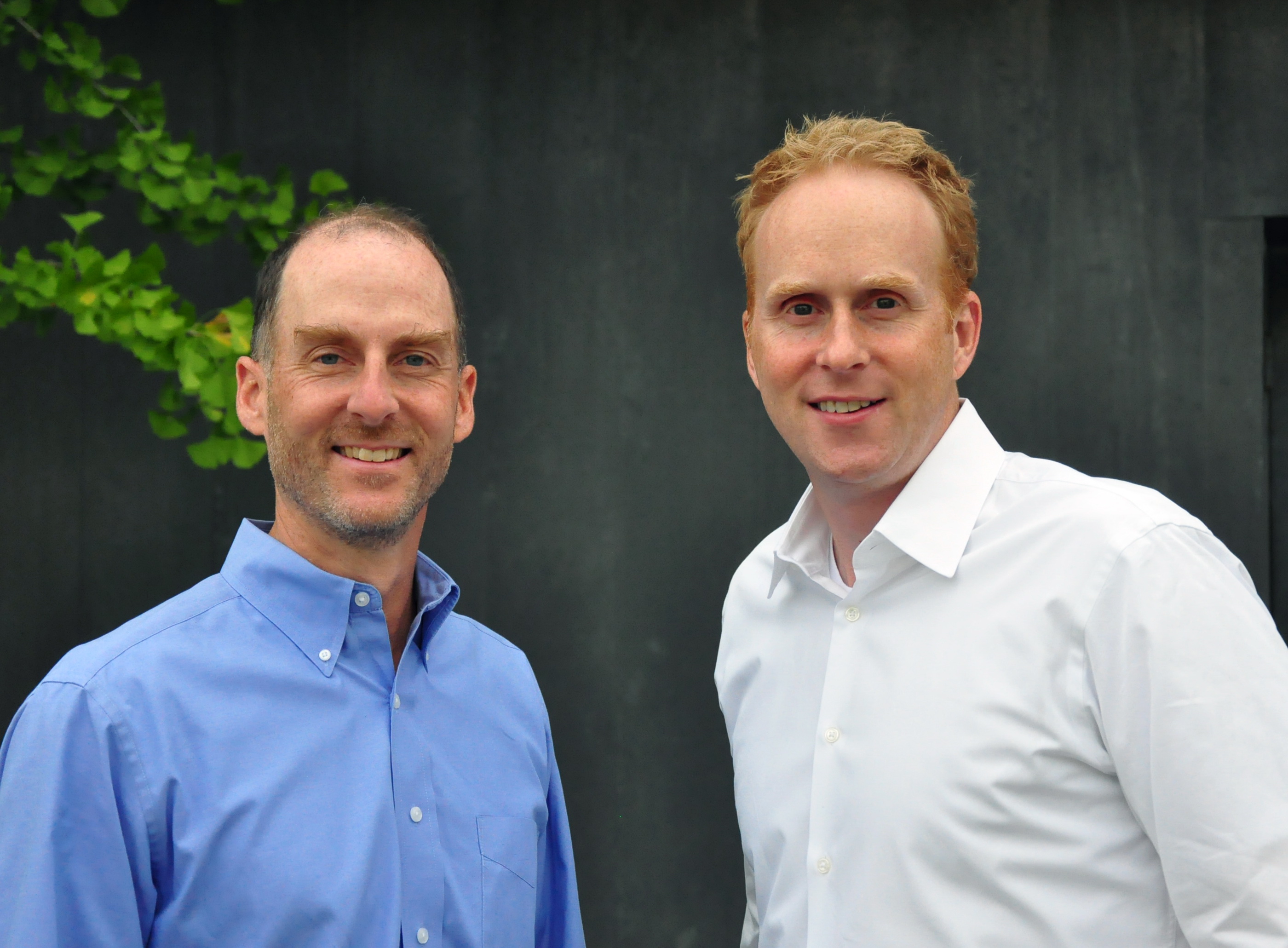Sasaki Associates has acquired Concord, Mass.-based planning and design firm Sgarzi Associates. Founded in 2003 by Chris Sgarzi, Sgarzi Associates has developed a strong reputation for their programming, planning, and design of sports, recreation, and student life facilities throughout the Northeast. Sgarzi’s expertise and existing client relationships will further enhance Sasaki’s nationally-recognized sports design practice. He will serve as a principal at Sasaki and will work with firm leaders in both its Boston and San Francisco offices.
Sasaki has also added Stephen Sefton to the sports design studio as senior associate. Stephen joins the firm most recently from Ellerbe Becket / AECOM where he served as a senior sports designer in their San Francisco office. He brings to the Sasaki team over 16 years of dedicated experience in the design of sports facilities, including a focus in large-scale spectator buildings such as stadia and arenas.
The merger with Sasaki offers Sgarzi Associates’ clients access to a greater depth of resources and a wide range of collaborative, interdisciplinary services—although they will still experience the same commitment to service, innovation, and excellence in design to which they are accustomed. “I enjoy getting to know my clients and learning about their unique campus cultures and traditions,” says Sgarzi. “Helping them achieve and exceed their aspirations for their built environment is very rewarding. As part of Sasaki, I can offer them the benefits of comprehensive services and a truly collaborative approach to institutional sports planning and design.”
The acquisition also signifies a homecoming for Sgarzi. Prior to founding his own firm, Sgarzi was a senior associate and associate director of Sasaki’s sports design studio. While Sasaki and its sports practice have progressed considerably in the interim decade, the firm’s dedication to collaboration and delivering context-specific solutions to their client’s unique problems has remained constant.
A selected list of the studio’s current and recent projects include a new field house at Middlebury College, the expansion and renovation of the Sally Blair Ames Sports Complex at Stonehill College, a new athletic center and student life facility at the College of the Holy Cross, the Harold Alfond Athletics Complex at the University of New England, a study for a track and lacrosse facility at the University of Michigan, a new Student Recreation Facility at Arizona State University in Tempe, and the Welcome Center and Ice Arena at Plymouth State Universityin New Hampshire. BD+C
Related Stories
| Mar 1, 2014
Dramatic fractal roof highlights SOM's new Mumbai airport terminal [slideshow]
The terminal merges new technology and traditional regional architecture, notably in the fractal roof canopy that runs throughout the terminal.
| Feb 28, 2014
Six finalists selected in design competition for Canadian Holocaust monument
David Adjaye and Daniel Libeskind are among the finalists for the National Holocaust Monument, planned near the Canadian War Museum in Ottawa.
| Feb 27, 2014
Gensler reveals 44 design trends for the next decade
The 82-page report covers dozens of emerging trends in healthcare, commercial office, hospitality, tall buildings, and more.
| Feb 27, 2014
Target converts former prison dump into latest big-box store
Target's new San Rafael, Calif., location was built on the site of the former San Quentin prison dump.
| Feb 27, 2014
Open or private offices? It depends on the business plan
Open layouts are grabbing headlines as a hallmark of the new workplace—think the Google campus or Facebook's headquarters. And for smaller-scale operations, open designs are often lauded for being less expensive than private office plans. But does that mean all offices should have an open layout?
| Feb 27, 2014
3 reasons to apply computational fluid dynamics on your next project
From right-sizing mechanical systems to understanding the impact of design alternatives, CFD offers a host of benefits for the Building Team.
| Feb 27, 2014
12 facts about heat-treated glass: Why stronger isn’t always better
Glass is heat-treated for two reasons: the first is to increase its strength to resist external stresses such as wind and snow loads, or thermal loads caused by the sun’s energy. The second is to temper glass so that it meets safety glazing requirements defined by applicable codes or federal standards.
| Feb 27, 2014
Metal Construction Association introduces two Environmental Product Declarations
Two Environmental Product Declarations (EPD), one for Metal Composite Material Panels and one for Roll Formed Steel Panels for Roofs and Walls, are now available free of charge from the Metal Construction Association (MCA) on its website.
| Feb 27, 2014
Bluebeam Software launches Revu 12 for better field-ready document management and project collaboration
The latest version of the company’s flagship solution better enables users in document-intensive industries to digitally collaborate on project documents and more easily connect the office to the field.
| Feb 27, 2014
PocketCake lunches CPU designed for virtual reality simulations
The company's Virtual Reality Simulation Converter Assembly is three times more powerful than the average high-performance computer and allows for up to eight people to experience a virtual reality simulation at the same time.

















